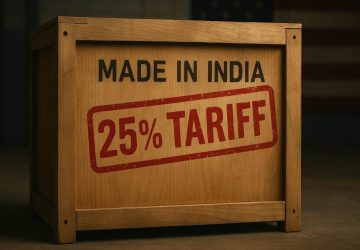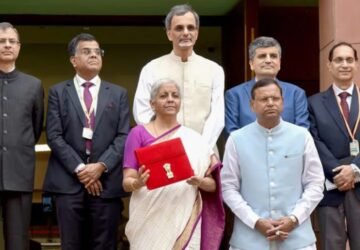 The festive season sale for premium garment retailers and e-commerce platforms has started early this year, spurred by the recent GST rate cuts announced by the government. Several retailers have rolled out discounts of up to 50% online—two weeks ahead of Navratra, traditionally seen as the start of the festive shopping season.
The festive season sale for premium garment retailers and e-commerce platforms has started early this year, spurred by the recent GST rate cuts announced by the government. Several retailers have rolled out discounts of up to 50% online—two weeks ahead of Navratra, traditionally seen as the start of the festive shopping season.
The tax rationalisation has prompted textile and apparel retailers to recalibrate their pricing strategies. Neeraj Nagpal, chief business officer–apparel & retail, Raymond Lifestyle Ltd, said: “The GST rate cut will boost consumption in the apparel and textile sector. It is a positive flip for value and mid-retailers from an amplification of consumption perspective.”
According to him, Raymond Apparel Brands has recorded double-digit growth in combined retail and online sales compared to last year’s festive season.
E-commerce giant Amazon is also capitalising on the momentum. The company is offering discounts of up to 80% on leading brands such as Libas, BIBA, Levi’s, US Polo Assn, GAP, Lavie, Adidas, Titan, Mokobara, GIVA, Safari, Lakme, Michael Kors, and Swarovski.
Siddharth Bhagat, Director, Amazon Fashion & Beauty, said: “During the last Amazon Great Indian Festival, we saw a record 140 cr customer visits, with over 85% coming from non-metro cities. Prime Day 2025 reinforced this trend, with 70% of new Prime sign-ups from Tier 2 and Tier 3 cities, and orders peaking at more than 18,000 per minute.”
Under the revised GST slabs, apparel priced up to Rs. 2,500 will now attract 5% GST, while items above that threshold will be taxed at 18%, up from the earlier 12%.
The rationalisation has provided relief to the sector, which was grappling with inverted duty structures. Sagar Shah, tax and regulatory expert at EY India, said: “Companies are recalibrating their pricing strategies to balance the impact of GST rate changes on their profits against the discounts they can extend in the domestic market to boost consumption.”
He pointed out that businesses must consider two factors when reworking prices, especially for older inventories: the tax impact on finished goods, and on raw materials or packaging purchased at the higher pre-rationalisation rate.
Textile firms are also planning price revisions on MRPs, particularly for goods lying in factories, in line with directives from the Ministry of Consumer Affairs, Food and Public Distribution.
“The real challenge lies in execution, as a significant portion of inventory has already been distributed and is beyond manufacturers’ physical reach. To mitigate this, the industry is expected to roll out discount schemes to ease the transition,” Shah added.





















